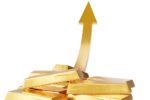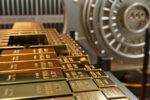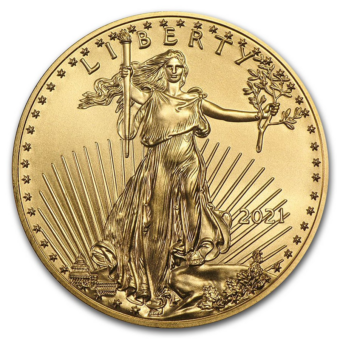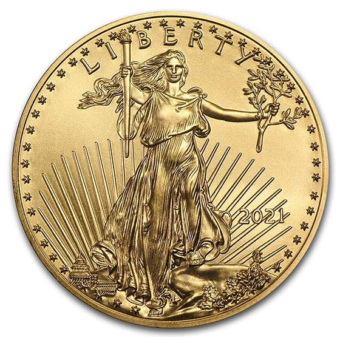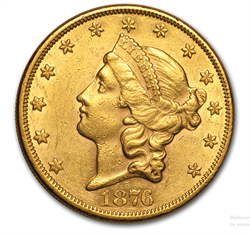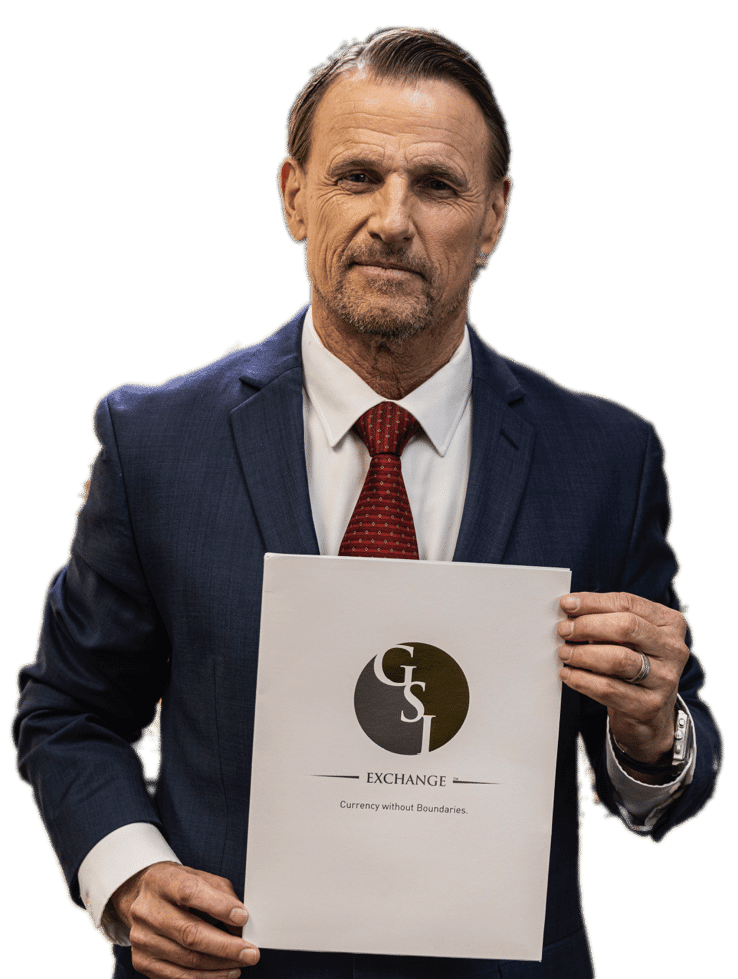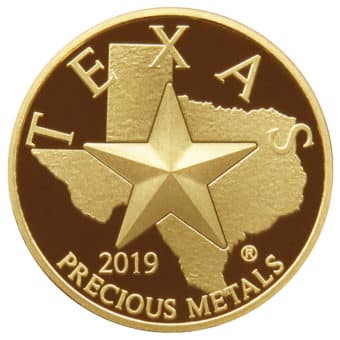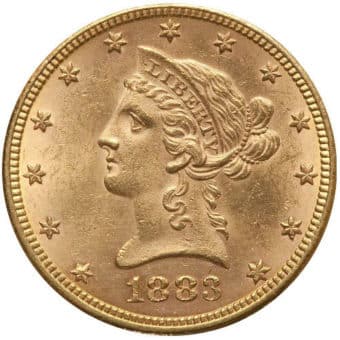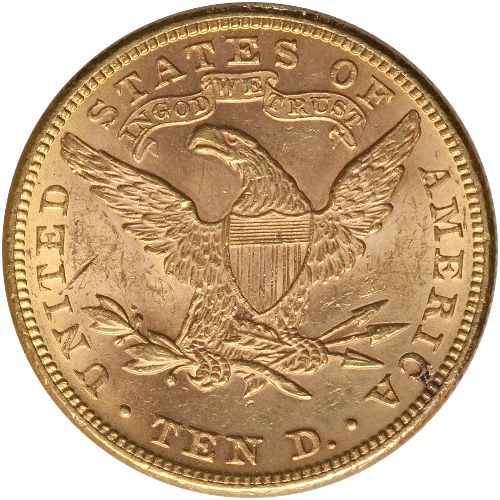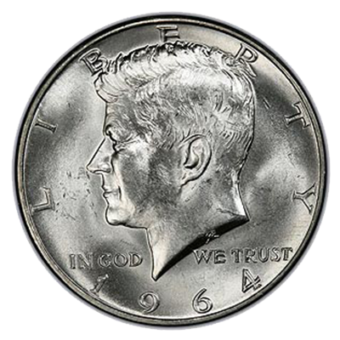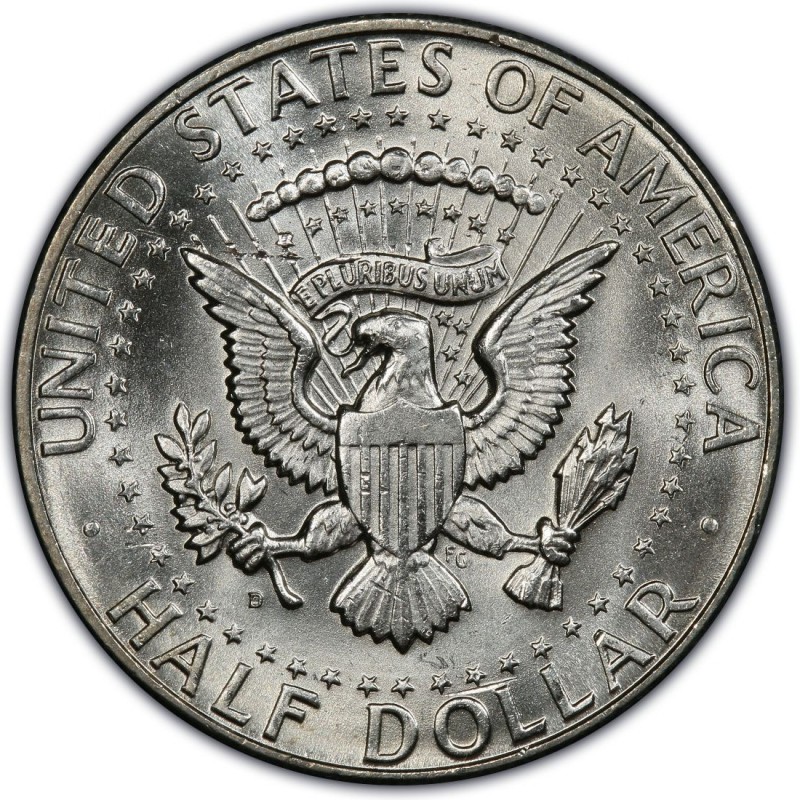EXCERPT: In this week's edition of the "Weekly Silver and Gold Rush," we’ll explore the key events that drove the gold and silver market over the last five days: a sideways US dollar, key inflation reports, and shifting economic data, and waning consumer sentiment. As silver reveals a potential undervaluation, central banks worldwide are fervently buying gold. Japan’s rush to gold in response to the yen's downturn is one of the more surprising events that took place this week. With critical events like the FOMC interest-rate decision looming next week, what’s likely to happen in the gold and silver market? Stay ahead of the curve and dive into our comprehensive analysis.
The Gold Trail: A Daily Journey Through the Week's Market
Monday - 9.11.23: Gold and silver prices rose Monday, partly due to the weakening of the US dollar. Some traders also bought back gold and silver futures that they had sold earlier, ahead of an important inflation report due out on Wednesday. Gold is priced at $1,948.40 and silver at $23.37, both showing an increase.
Tuesday - 9.12.23: Gold and silver were slightly down in the early U.S. market. The U.S. dollar was performing better, which was actually not good for gold and silver prices. Traders were also quite excited about an inflation report that was set to come out the following day. At that time, gold was priced at $1,940.30 (down $6.90), and silver was at $23.325 (down $0.058).
Wednesday - 9.13.23: The gold and silver markets both traded lower on Wednesday, with spot gold down 0.1% to $1,910.87 per ounce and spot silver down 0.8% to $22.92 per ounce. The decline was likely due to a combination of factors, including rising US yields and a stronger US dollar.
Thursday - 9.14.23: On Thursday, gold prices remained stable, and silver prices declined moderately, following upbeat U.S. economic data indicating higher producer inflation and strong retail sales. December gold reached a three-week low, closing at $1,932.40 (down $0.10), while December silver hit a six-month low, closing at $22.95 (down $0.231). The data suggests that the Federal Reserve may raise interest rates to combat inflation, potentially reducing demand for commodities, including precious metals.
Friday- 9.15.23: Gold and silver prices have risen in early U.S. trading on Friday, driven by corrective bounces and short covering following multi-week lows reached on Thursday. December gold increased by $7.70 to reach $1,940.40, while December silver rose by $0.436 to reach $23.44.
Gold Soars Amidst Declining Consumer Sentiment and Easing Inflation
Gold prices have surged, reaching close to $1,950 an ounce as U.S. consumer sentiment wanes and inflation pressures show signs of abating. The University of Michigan's preliminary Consumer Sentiment Index for September has dropped to 67.7, below August's 69.5 and missing the forecasted 69.0. Despite being 35% above the historic low of June 2022, it's still below the historical average of 86. Surveys of Consumers Director at UofM, even though both short-term and long-term economic expectations have shown a slight uptick, consumers remain cautious about the economy's direction. Gold's rising demand is seen as a safe haven response to this lackluster data. Interestingly, easing inflation pressures are also bolstering gold prices. The current consumer expectations predict a 3.1% inflation increase by next year, a reduction from August's 3.5%. This decrease in inflation expectations potentially offers the Federal Reserve flexibility to moderate its monetary policy. The one-year inflation expectation has hit its lowest since March 2021, and long-term inflation pressures have also decreased, dipping to 2.7%—a rare occurrence in the past 26 months.
The Power of Confidence Metrics in Forecasting Economic Health
Consumer confidence and sentiment are pivotal metrics used to gauge future consumer spending, as the mood of households directly influences their purchasing decisions. These confidence measures not only provide insight into the prevailing economic trends but also allow for a deeper understanding of the personal experiences that drive these numbers. If you’re not familiar with these reports, here’s an article that explains it in simple words.
UAW Members Strike at Top Auto Plants Amid Unresolved Contract Negotiations
Thousands of United Auto Workers (UAW) members initiated a strike at key facilities of the major automakers: General Motors, Ford Motor, and Stellantis, after failing to finalize a new labor contract. The strike affects plants that manufacture highly sought-after vehicles, with 12,700 workers participating. UAW's demands include significant hourly pay raises, reduced workweeks, and traditional pension reinstatements, among other benefits. With the inability to reach an agreement, production halts at these plants may lead to potential downstream impacts on the supply chain, affecting related industries and possibly raising vehicle prices. Additionally, the prolonged absence of a significant workforce from these prominent companies can dent their profits, ripple through the broader economy, and affect investor confidence.
Gold-Silver Ratio Says Silver is Undervalued
Silver's performance this year has not kept pace with gold, leading to significant shifts in the gold-silver ratio. Historically, the gold and silver ratio has ranged between 50 and 60, meaning 50 to 60 ounces of silver equate to one ounce of gold. Currently, the ratio is over 80, suggesting that silver is relatively undervalued compared to gold. Alex Gordon from ETF Managers Group emphasizes this discrepancy and further points out the long-term correlation in price movements between the two metals. Kopernik's Taylor McKenna draws attention to the fact that the current 88 to 1 ratio assumes gold is 18 times rarer than silver. Given this disparity, there's anticipation that silver might potentially outperform, aligning more closely with its long-term 50 to 1 average ratio.
Surging Inflation in August Exceeds Expectations
In August, the Consumer Price Index (CPI) saw its most significant monthly jump for the year, increasing by 0.6%, and marking a 3.7% rise from the previous year, as revealed by the U.S. Department of Labor. This surpassed Dow Jones economists' projections of a 3.6% yearly rise. When omitting the unpredictable food and energy sectors, the core CPI went up by 0.3%, showing an annual growth of 4.3%, which is closely observed by the Federal Reserve for long-term inflation predictions. The significant factors contributing to this inflation included a 5.6% surge in energy prices, with gasoline prices skyrocketing by 10.6%, and shelter costs, particularly rents, climbing considerably. This inflationary pressure impacted worker paychecks, causing a 0.5% monthly dip in real average hourly earnings. Amidst these numbers, the Federal Reserve is considering a more cautious stance on interest rates in the upcoming meetings.
Wholesale Inflation Peaks, Surpassing August Expectations
Wholesale inflation in August experienced an unexpected surge, overturning prior reductions as consumers faced the escalating expenses of common goods. The U.S. Department of Labor reported that the Producer Price Index (PPI) rose by 0.7% from July to August, marking a 1.6% annual increase, notably higher than predictions made by Refinitiv economists. A notable factor was the 20% spike in gasoline prices, leading to a 10.5% jump in overall energy prices. Meanwhile, the Consumer Price Index (CPI), which evaluates consumer-paid prices, also saw its highest monthly climb for the year. These inflation indicators suggest rates surpassing the Federal Reserve's optimal 2% goal. With 11 rate hikes already sanctioned in the past 16 months, the ongoing inflationary pressures might compel the Fed to consider another rate hike before the end of the year.
Gold Struggles Amidst Steepest U.S. PPI Increase in a Year
Gold prices are facing downward pressure in light of recent data revealing a significant uptick in producer inflation. The U.S. Labor Department's Producer Price Index (PPI) observed a 0.7% rise in August, surpassing the previous month's 0.4% and exceeding economist expectations of a 0.4% growth. This marks the highest surge since June 2022. While the core PPI, excluding volatile components like food and energy, saw a 0.2% growth, gold has been declining in value, with December gold futures dropping by 0.47% for the day. Increasing energy costs played a significant role in this inflation surge, suggesting the ongoing challenge for gold in the face of persistent inflation threats and the Federal Reserve's assertive monetary strategies.
U.S. Retail Sales Surge in August; Gold Prices Hold Firm
In August, U.S. retail sales exceeded expectations, witnessing a 0.6% rise after a 0.5% uptick in July, surpassing the projected 0.2% growth. Core sales, excluding vehicle sales, matched this 0.6% increase, surpassing anticipated figures. Despite these positive results, gold prices remained relatively stable, with only a minor dip after the data's release. The strong retail data, coupled with favorable CPI data, has instilled concerns among traders about potential enduring high rates, affecting the precious metals market's trajectory.
Central Banks' Gold-Buying Frenzy Provides Solid Ground for Precious Metal
Despite complex market conditions like rising bond yields and a strong U.S. dollar, central bank gold purchases continue to provide crucial support to gold prices. According to the World Gold Council, robust demand in the third quarter came from Poland, India, Uzbekistan, and the Czech Republic, all of which increased their gold reserves in August. Poland led the buying spree with 18 tonnes, followed by Uzbekistan with 9 tonnes, and both India and Czechia close to 2 tonnes each. These acquisitions are part of an ongoing trend; central bank gold demand reached a new record in the first half of 2023, adding to global reserves that increased by 55 tonnes in July. This strong demand from central banks underscores the precious metal's resilience in a fluctuating economic landscape.
Japanese Gold Rush: A Defense Against Yen's Collapse and Rising Inflation
The traditionally conservative savers of Japan are now fervently buying gold in response to the yen's dramatic depreciation and escalating inflation. The yen's value has plummeted against the US dollar, leading to reduced purchasing power and driving households to search for inflation safeguards. The retail gold price in Japan surged past the ¥10,000 per gram mark, influenced not only by global incidents like the coronavirus pandemic and geopolitical tensions but more critically by the yen's devaluation. Furthermore, while the Bank of Japan shows no signs of tightening its ultra-loose monetary policy, this gold demand is anticipated to persistently increase. Analysts note that the core motivator for this gold rush is the pursuit of protection against inflating prices. Interestingly, Japan's household savings from the pandemic total over ¥2 quadrillion, with half in cash and deposits, signifying a potential shift in investment patterns in the face of enduring inflation.
Next Week’s Key Events
Monday, September 18th:
At 10:00 am, the Home Builder Confidence Index for the month of September will be released.
Tuesday, September 19th:
We will see two reports being announced at 8:30 am. These are the Housing Starts and Building Permits, both for August.
Wednesday, September 20th:
The highly-awaited FOMC interest-rate decision is at 2:00 pm.
Thursday, September 21st:
It will be a busy day with multiple reports being released. At 8:30 am, the Initial Jobless Claims report for September 16th and the Philadelphia Fed Manufacturing Survey for September will be unveiled. Later, at 10:00 am, the U.S. Leading Economic Indicators for August and the Existing Home Sales report for the same month will be presented.
Friday, September 22nd:
Two reports will be declared at 8:30 am: the S&P Flash U.S. Services PMI and the S&P Flash U.S. Manufacturing PMI.
Potential Impact on the Silver and Gold Market:
- Home Builder Confidence Index: A high confidence level may indicate a booming economy, potentially causing investors to shift from safe assets like gold and silver to riskier ones, pushing their prices down.
- Housing Starts and Building Permits: High numbers in these reports might suggest economic growth, making riskier assets more attractive. This could have a similar effect as the Home Builder Confidence Index on precious metals.
- FOMC interest-rate decision: Interest rate hikes usually strengthen the U.S. dollar, which can negatively impact gold and silver prices. Conversely, rate cuts or no changes could support or boost the prices of these metals.
- Initial Jobless Claims: High claims could imply economic slowdown, which might lead investors to seek refuge in gold and silver, driving up their prices.
- Philadelphia Fed Manufacturing Survey: A strong manufacturing sector can indicate a healthy economy, which might detract from gold and silver as investment options.
- U.S. Leading Economic Indicators and Existing Home Sales: Strong figures in these reports might again steer investors towards riskier assets, potentially weakening gold and silver prices.
- S&P Flash U.S. Services PMI and Manufacturing PMI: High figures in these PMIs might suggest economic growth, which could diminish the attractiveness of precious metals as safe-haven investments.



